Blogs

December 10, 2024
Best Company for Schools Shaping the Future of Education
In today’s rapidly evolving educational landscape, schools must adopt advanced digital tools to provide a well-rounded learning experience. Finding the best company for schools ensures seamless integration of technology into the classroom. This blog explores what makes a company ideal for schools, highlights key features to consider, and explains how Schoolnet India Limited stands out as a leading educational technology provider. What Defines the Best Company for Schools?
Read More ⟶
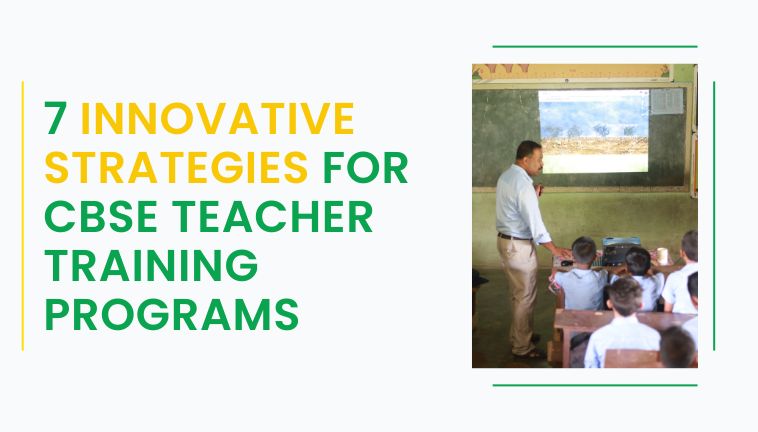
December 6, 2024
7 Innovative Strategies for CBSE Teacher Training Programs
Innovative teaching extends beyond the integration of the latest technology in the classroom. It involves proactively adopting new strategies and methodologies that elevate the learning experience. These forward-thinking approaches seek to improve academic outcomes and address real-world challenges, ensuring that education is inclusive and accessible to all students. In line with this vision, CBSE teacher training programs play a pivotal role by equipping educators with the skills and knowledge to implement innovative teaching techniques, fostering environments where every learner can thrive. How Innovation Can Help Make Better Teachers? Using innovative teaching strategies in the classroom shows that we recognize the need to improve our methods. It reflects a willingness to grow and adapt just as we encourage our students to do. What better way to inspire than by leading through example?
Read More ⟶
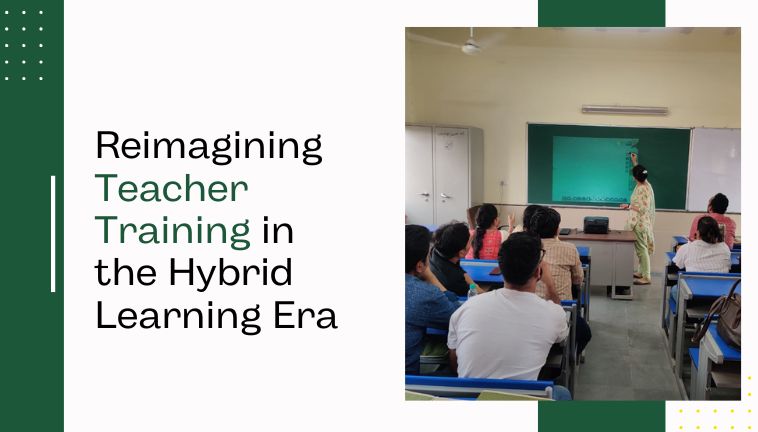
December 2, 2024
Reimagining Teacher Training in the Hybrid Learning Era
Education is evolving rapidly, and so is the way teachers are trained. As classrooms embrace hybrid learning, the training process for educators must adapt too. With a focus on technology and flexibility, hybrid learning is reshaping teacher training to meet the needs of modern educators. This shift is not just a trend; it’s a necessity for future-ready teaching. The Changing Face of Teacher Training Traditional methods of teacher training are no longer enough. Teachers today must navigate both in-person and digital classrooms .
Read More ⟶
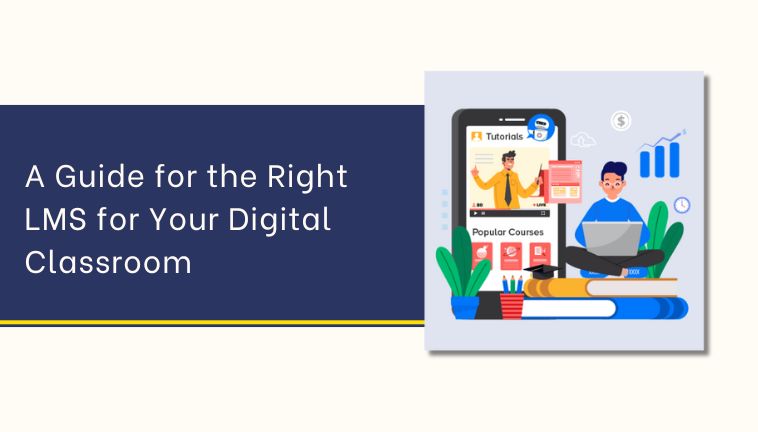
November 29, 2024
A Guide for the Right LMS for Your Digital Classroom
We live in a fascinating time. Learning now feels as simple as scrolling through social media, and upskilling is more like leveling up in a video game than sitting through a dull lecture. In this world, a solid Learning Management System (LMS) makes learning truly engaging and effective. Think of Learning Software or more specifically, LMSs as the helpful sidekicks of education. They’re not just regular platforms; they’re tech hubs that gather everything you need to learn courses, videos, and even classic textbooks all in one place, accessible from anywhere.
But here’s the twist: with countless LMS options available, the real question isn’t if you need one (you do), but which one is right for you. That’s where we come in with our ultimate guide. In a world overflowing with educational possibilities, choosing the right LMS is like picking the best path in a choose-your-own-adventure story and we’re here to guide you every step of the way. Understanding LMS for your Digital Classroom Imagine a virtual command center for learning that’s what a Learning Management System (LMS) is. Think of it as your digital gateway to education.
Here’s the gist: an LMS is a hub for learning, where you can access everything you need for courses or training. It’s not just a collection of educational materials like videos, quizzes, assignments, and textbooks in one digital space; it’s much more. A good LMS creates a unique and engaging learning experience for its users.
So, how does an LMS work? It’s all about organization and tracking. An LMS arranges your content neatly, guiding you through your learning journey. Many LMSs for digital classrooms also feature an analytics dashboard, allowing educators to track learner progress and performance. The Types of Learning Management Systems for Your Digital Classrooms With so many LMS options available, it’s helpful to know which suits your school and its classrooms best: Proprietary or Open-source Learning Management Systems. Think of this as the “premium” choice in the LMS world. It’s like the Apple of learning platforms you pay for it and get a fully equipped, ready-to-use solution with ongoing customer support, advanced features, and reliable service. However, customization options may be limited. It’s a sleek, straightforward choice but less flexible for DIY changes. This one’s for those who like to tinker or save on costs. Open-source LMS platforms are free to use and highly customizable, allowing you to shape the platform to match your unique content and teaching style. The downside? You’re usually responsible for support, so a bit of tech know-how, or a team to help, might be needed. Think of it as the Android of LMS: adaptable, but you might need some tech skills for the finer details.
A popular open-source option is Open edX, known for its flexibility. It’s the “DIY wizard” of LMS platforms, letting you create a tailored learning experience. So, when picking an LMS, your first decision is between proprietary convenience and open-source flexibility. A 12 school without the right Learning Management System (LMS) is like sailing without a compass you might get somewhere, but it’ll be a rough journey. Here’s why selecting the right LMS is crucial.
First, today’s learning is all about personalization. Kids have different needs and styles, and the right LMS helps tailor learning to each student, like a custom-fit suit. You can adjust lessons, assignments, and assessments to suit each student’s pace and preferences, making it feel like each child has a personal tutor.
Next, let’s talk about engagement. The right LMS makes learning interactive and fun. Think gamified quizzes, engaging videos, and discussion forums. Kids stay interested, which leads to better knowledge retention. It’s like transforming a regular classroom into an exciting adventure.
Finally, tracking progress is seamless. The right LMS provides insights into each student’s performance, helping you see where they excel and where they need more support. It’s like having a superpower to predict and meet each student’s unique needs. Choosing the right Learning Management System (LMS) for your requires looking beyond just features and price. Think about your curriculum goals, the number of students who’ll use the LMS, and your budget. Are your users students and instructors tech-savvy, or do they need a simpler interface? Consider the future, too: can the LMS grow with your school’s needs? Don’t overlook support will you need ongoing help, or can your team manage issues on their own? By considering these factors, you’ll be able to choose an LMS that’s truly suited to your needs. Are your teachers, administrators, and students tech-savvy and open to exploring , or do they prefer simplicity and ease of use? If your team leans towards tech expertise, a feature-rich LMS may be the best fit.
But if user-friendliness is a priority, look for an LMS with a straightforward interface. Adaptability is just as important to make sure the LMS can evolve with your school’s changing needs. By assessing user skills and adaptability, you’ll choose an LMS that not only suits your users' abilities but also supports growth and innovation in your educational community. Scalability is key to long-term success in education. Can your chosen LMS handle a growing number of users without disruptions? Look at how well it adapts to your school’s specific setup. The right LMS will grow and adjust with your institution, ensuring a smooth and effective learning experience for everyone involved. Monitoring learning progress is vital for educational institutions. Your LMS should have strong tracking features that generate detailed reports and data, offering insights into the effectiveness of your programs. This information helps identify what’s working well and where improvements are needed, creating a more efficient and productive learning environment for both students and educators. The way your new LMS works with existing systems is crucial. Integration is key. Your LMS should align smoothly with your current educational tools. Involve your IT team and educational experts to assess hardware and software compatibility. Ensuring easy integration reduces disruptions and makes the transition seamless, helping teachers and students adapt quickly to the new learning environment. Real-world feedback is invaluable. Reach out to educators and administrators who are already using the LMS you’re considering. They can share firsthand insights into the system’s strengths and weaknesses in a school setting. Their experiences provide a clearer picture than marketing materials, revealing how the LMS performs in real educational environments. The journey doesn’t end after purchase; it continues into the post-purchase phase. Ask about the technical support and after-sales service provided. Is support available 24/7 or only during certain hours? Does the company offer a trial period so you can test the software before making a final decision? Also, consider whether the offers user training or just a manual. A smooth post-purchase experience is just as important as choosing the right LMS initially for your educational institution’s future. As we explore the world of education, one thing is clear: choosing the right isn’t just a decision; it’s the foundation for your school’s future. We’ve covered the essential factors of user adaptability, scalability, system integration, and ongoing support all crucial parts of this important choice.
In the search for a comprehensive solution that fits seamlessly into this educational landscape, meet LMS. Designed with schools in mind, Schoolnet combines a user-friendly interface with powerful features. It doesn’t just keep up with your school’s growth; it supports it. Smooth integration with existing systems ensures an easy transition, and its strong tracking and reporting tools empower educators with valuable insights into the learning journey.
Read More ⟶
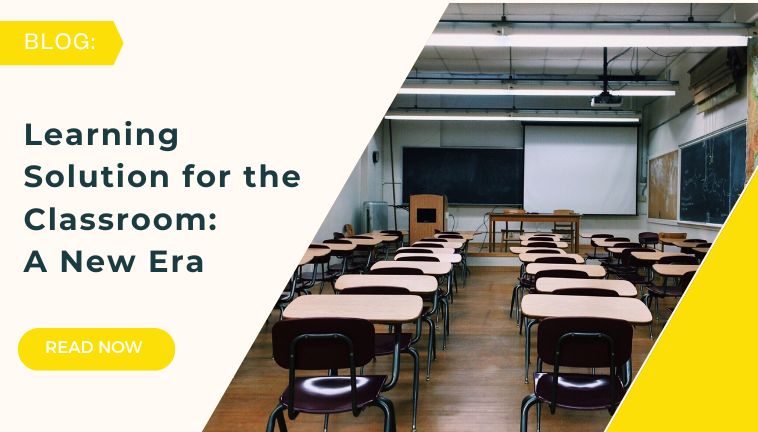
November 26, 2024
Learning Solution for the Classroom: A New Era
In a world that’s evolving at the speed of light, today’s classrooms need more than textbooks and lectures. The 21st-century classroom craves a learning solution for the classroom that is innovative, personalized, and powerful enough to spark curiosity and inspire greatness. It’s time to explore how the right classroom learning solutions can transform education into an immersive, impactful experience. Redefining Classroom Learning Solutions: The Need for Innovation Imagine a classroom where every student's potential is unlocked. A space where each lesson is tailored, engaging, and brimming with possibilities. The learning solution for the classroom is not just a technological upgrade it’s a commitment to reshaping how knowledge flows, how ideas ignite, and how students grow. But what makes a truly impactful?
Read More ⟶
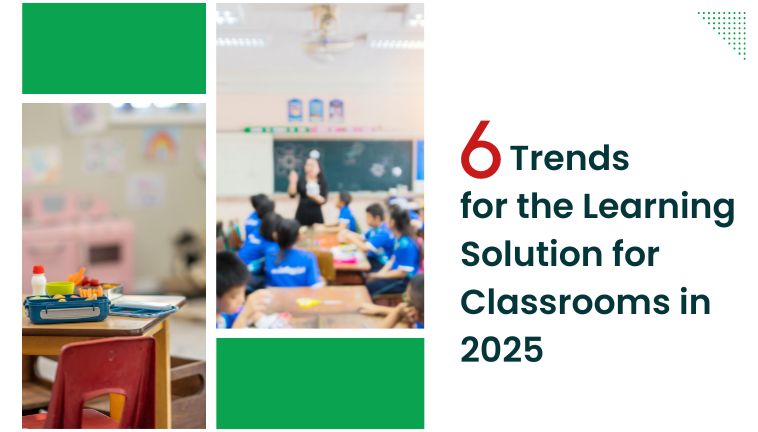
November 22, 2024
6 Trends for the Learning Solution for Classrooms in 2025
Education is a right that belongs to everyone. To make it more accessible and effective, Edtech and educational institutions are moving away from traditional methods, adopting modern solutions powered by the latest technology. Today, 85% of teachers favor digital tools as a better learning solution for classrooms. Technology use in K-12 schools has increased by 99% in recent years. Many edtech companies are now setting standards for delivering personalized education to all students. The EdTech market is changing fast, reshaping how we access education at all levels. To launch your EdTech business in this competitive space, staying updated on the top education trends for 2024 and beyond is essential.
Read More ⟶
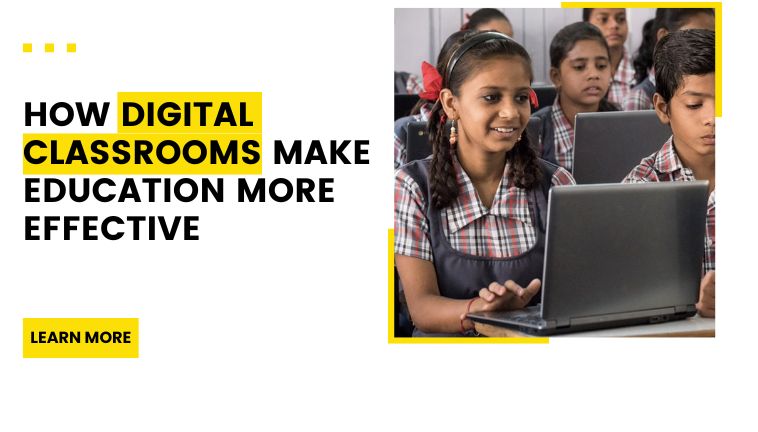
November 19, 2024
How Digital Classrooms Make Education More Effective
Imagine a classroom where learning feels less like a chore and more like an adventure. A place where lessons come alive with interactive content, where feedback is instant, and where every student can progress at their own pace. This isn’t a distant dream it’s the promise of digital classrooms. With technology reshaping education, digital classroom offer a powerful way to make learning not just more accessible, but also more meaningful and memorable. Elements That Make Digital Classroom Transformative Digital classrooms aren’t simply about swapping out chalkboards for screens. They’re designed to make learning smarter and more engaging, blending the best of traditional teaching with cutting-edge technology. Here’s how:
Read More ⟶
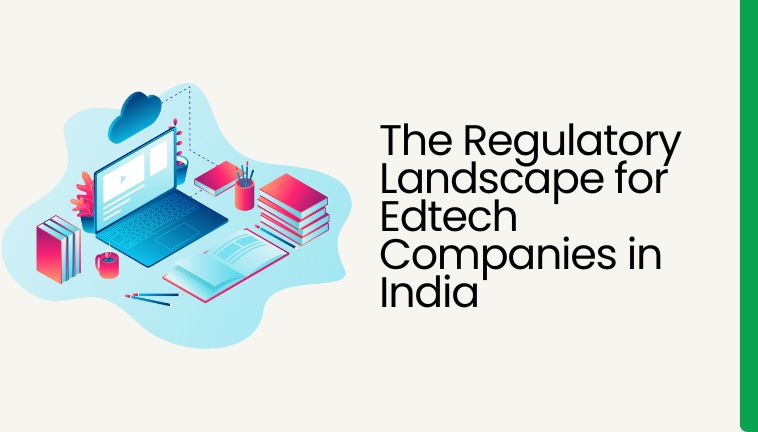
November 15, 2024
The Regulatory Landscape for Edtech Companies in India
This article looks at potential regulations for the fast-growing Education Technology (Edtech) sector. Edtech is crucial for shaping the future of education and workforce development in India. Supporting this sector's growth is vital to building a skilled workforce and boosting economic growth in today’s digital world. By embracing a collaborative and future-focused approach to regulation, policymakers can help Edtech companies in India thrive while protecting consumers and fostering a culture of innovation and excellence in education. What is the current scope for Edtech Companies in India? According to Dart Consulting, education technology, or edtech, became a $5.76 billion industry in India in 2023 and is projected to reach $11.51 billion by 2027. Unlike traditional education, this sector provides test prep, K-12 tutoring, skill training, language courses, and higher education certificates. Despite its importance, there are no specific regulations for edtech companies in India, creating challenges for providers and users. Currently, edtech falls under rules meant for e-commerce, which often overlook the unique needs and context of the edtech sector. What are the different regulatory frameworks for Edtech Companies in India? Edtech in India is regulated as e-commerce, so rules for consumer protection and information technology apply. Regulatory bodies include Consumer Courts and each state’s Department of Administrative Reforms and Public Grievances. Edtech advertising is overseen by the Advertising Standards Council of India (ASCI), a self-regulatory body. Due to rising customer complaints and government intervention, the Internet and Mobile Association of India formed the Indian Edtech Consortium (IEC) to oversee self-regulation in the sector.
Read More ⟶
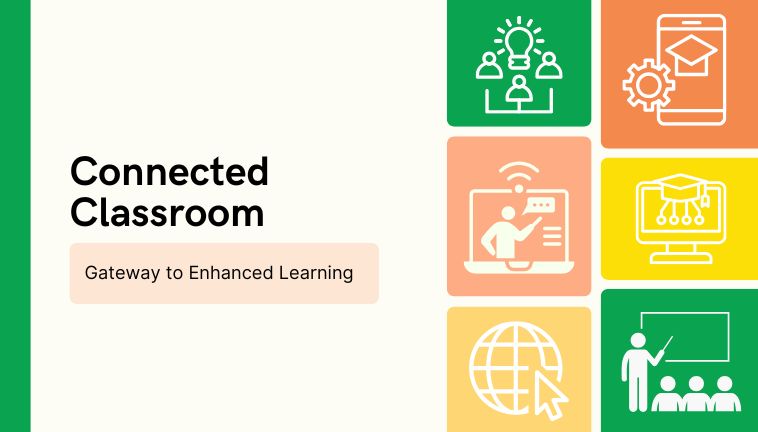
November 12, 2024
Connected Classroom: Gateway to Enhanced Learning
"By blending traditional teaching with modern technology, a connected classroom not only engages students but also empowers them to collaborate, explore, and learn more effectively, ultimately bridging the gap between physical and digital learning." Imagine a classroom where learning isn’t limited to the four walls of a traditional setting. Instead, it becomes a dynamic space where students are actively engaged, collaborating with peers, and exploring endless knowledge at their fingertips. Furthermore, with the seamless integration of technology, the connected classroom enhances not only student participation but also the depth of learning, making it more interactive and impactful. As a result, both students and teachers benefit from an enriched educational experience that fosters critical thinking and creativity. Ultimately, that’s the transformative power of a connected classroom. What is a Connected Classroom?
Read More ⟶
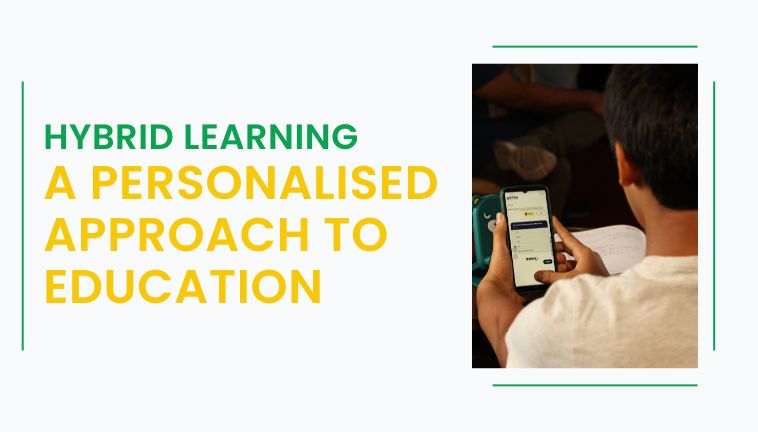
November 8, 2024
Hybrid Learning: A Personalized Approach to Education
In today’s rapidly evolving educational landscape, hybrid classrooms and hybrid learning have emerged as transformative models, blending traditional face-to-face teaching with digital engagement. As more schools and educational institutions actively seek ways to make learning more accessible, effective, and resilient, hybrid learning has emerged not only as a timely response to recent global disruptions but also as a sustainable model for the future. Moreover, this hybrid approach seamlessly bridges in-person and online learning, maximizing resources, tailoring learning experiences, and equipping students with essential digital literacy skills for a technology-driven world. The Rise of Hybrid Classrooms A hybrid classroom combines both physical and digital elements to create a flexible learning or hybrid learning environment. Students alternate between attending classes on campus and engaging remotely via digital platforms. They have access to real-time or recorded lectures, interactive discussions, and that support collaboration.
Read More ⟶
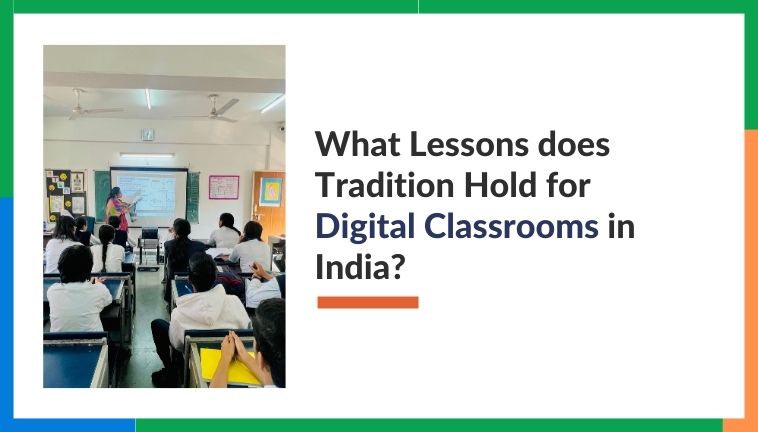
November 5, 2024
What Lessons does Tradition Hold for Digital Classrooms in India?
Have you ever heard the term "digital classrooms" or had the opportunity to teach in one? While smart classes and smart boards have been around in education for some time, the question is: What truly makes a classroom "smart"? MarketResearch.com projects that the global EdTech and digital classroom market will reach a massive USD 333.3 billion by 2027, as outlined in the ‘EdTech & digital classroom Market Intelligence Report Global Forecast to 2027.’ Similarly, India’s digital classroom market is on the rise, expected to grow at a CAGR of 4.05% and reach an impressive USD 16.1 billion by 2026. Indian classrooms could soon look very different from what we’re used to. Picture a classroom where blackboards are replaced with digital whiteboards, where AI helps teachers customize lessons for each student, and where virtual reality makes subjects come alive. This isn’t science fiction—it’s the future of education, and it’s already unfolding in some parts of the world. What is a Digital Classrooms?
Read More ⟶
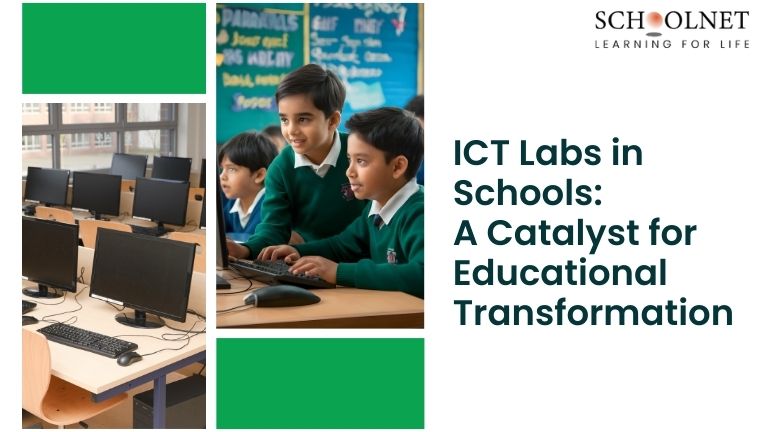
October 29, 2024
ICT Labs in Schools: Catalysts for Transforming Education
In today's rapidly evolving digital age, technology has permeated nearly every aspect of our lives, including education. As a result, modern ICT labs (Information and Communication Technology labs) have emerged as a fundamental component of innovative learning environments. Moreover, these specialized facilities, equipped with advanced hardware and software, enable students to access a vast array of resources and tools, further enhancing their learning experiences. The Importance of ICT Labs in Education ICT labs play a pivotal role in shaping the future of education. Here are some key reasons why they are essential: Enhanced Learning Experience: ICT labs provide a dynamic and interactive learning environment. Students can engage with multimedia content, simulations, and online resources, making learning more enjoyable and effective.
Read More ⟶
© Schoolnet India Limited




